One of the greatest strengths of Halo: Combat Evolved upon its 2001 debut was its high level of enemy variety. In just the first Halo game, the Covenant had Grunts, Elites, and Jackals in its ranks, and The Flood eventually joined the party in the game’s third act. Over the years, both Bungie and 343 Industries (now Halo Studios) continued to add to the Master Chief’s rogues gallery, adding Brutes, Drones, Skirmishers, Prometheans, and more.
But throughout it all, there’s been one enemy type that’s remained Halo‘s most dangerous. While Elites can put up a fight with their shields and agility, and Brutes have a high health pool and a penchant for a fearsome berserker rage, none match the sheer firepower and durability of the Hunter. But despite being one of Halo‘s most iconic foes, many don’t know all that much about the Hunter’s origin, or that they’re actually made up of thousands of individual creatures known as Lekgolo.

Related
How Halo and Horizon Share a Strange Similarity
Despite Halo and Horizon being very different exclusive games, both series feature one similarity with their crucial background characters.
Halo’s Lekgolo and Mgalekgolo Species Explained
The Origins of Halo’s Lekgolo Explained
On the planet of Te, a species of orange worm-like creatures known as the Lekgolo lived inside caves, long-abandoned structures, and burrowed holes in the ground. To feed, the Lekgolo would make their way through the earth, breaking down minerals to use as sustenance. Much like countless planets in the Halo universe, Te was once home to a Forerunner facility, before the firing of the Halo Rings wiped out the species.
To survive, the Lekgolo gradually burrowed their way inside this Forerunner facility, digesting everything in their path. In their galaxy-wide search for Forerunner artifacts, the Covenant eventually landed on Te and encountered the Lekgolo for the first time. Seeing the Forerunner facility decimated, the Covenant declared war on the Lekgolo.
But a problem soon arose. Many Lekgolo colonies had made their homes inside intact Forerunner relics. The Sangheili (Elites) deemed these relics holy, and refused to kill the Lekgolo inside in the fear that it might damage the relics. The appointed Arbiter at that time came up with a compromise. Rather than destroy the Lekgolo hiding in the Forerunner relics, the Covenant would try to “tame” them, and have them join their ranks.
The San’Shyuum (Prophets) agreed to this compromise. After a surprisingly hard-fought war, the Lekgolo responsible for destroying the Forerunner facility were killed, and those hiding in the remaining relics were forced into joining the Covenant, where they proved to be exceptionally useful.
The Mgalekgolo and Other Lekgolo Combinations Explained
Though an individual Lekgolo worm can be squashed easily, a horde of Lekgolo joined together to create one symbiotic hivemind is a powerful force to be reckoned with. The Covenant discovered this quickly during its war with the Lekgolo, with thousands of worms often combining into hulking brutes known as Mgalekgolo.
Once ingratiated into the Covenant, the Mgalekgolo were given full suits of heavy armor plating, along with powerful fuel rod assault cannons, turning them into the Hunters that the UNSC would go on to face during the Great Human-Covenant War. The Lekgolo were also able to combine to create much larger machines of war. The best example of this is the Covenant Scarab, which is technically one large colony of Lekgolo all working in tandem.
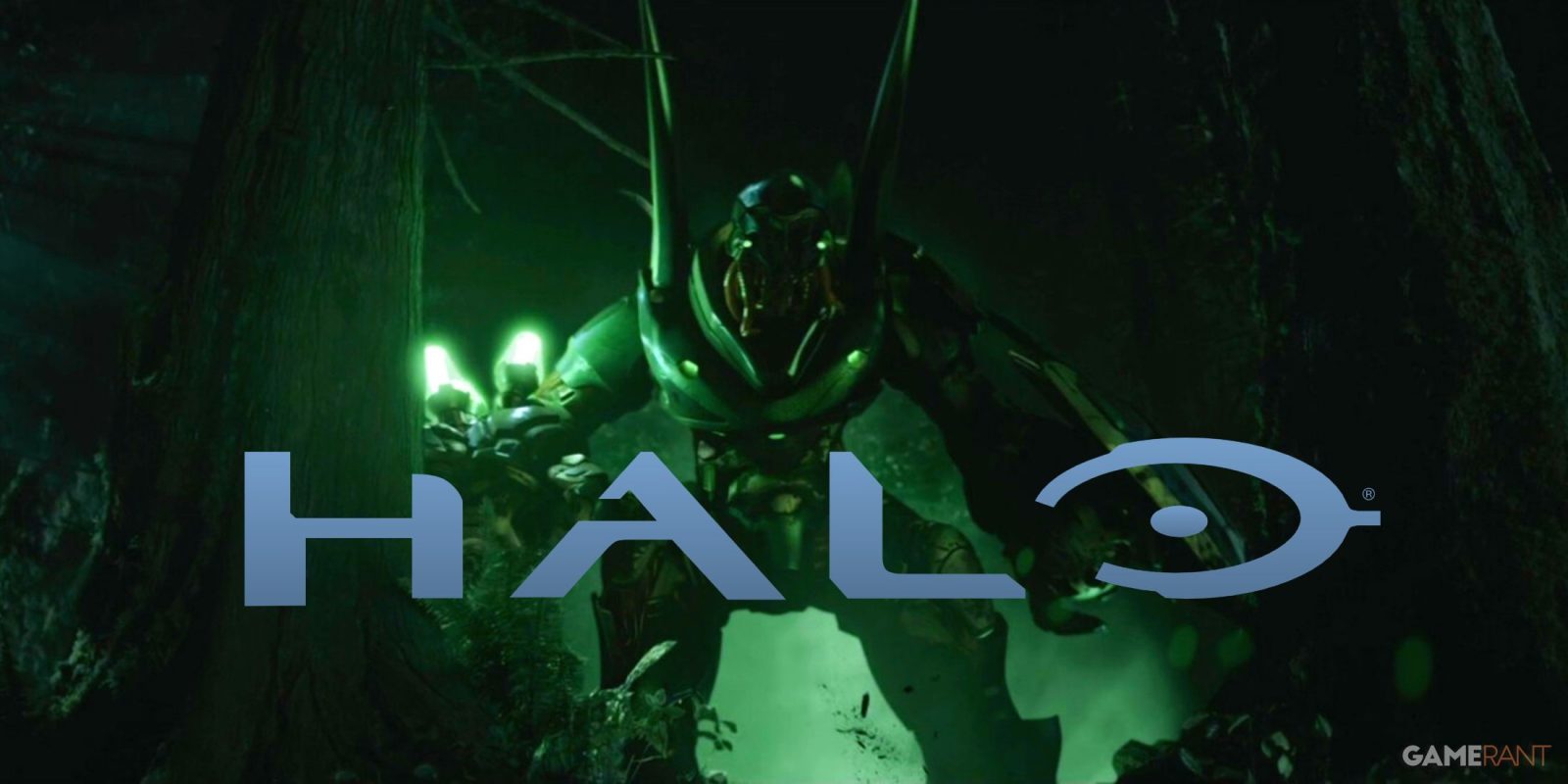




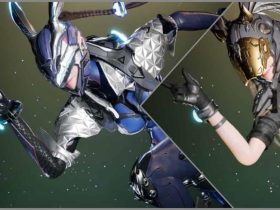
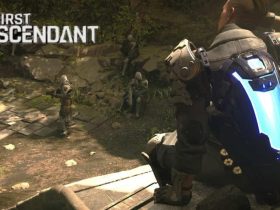


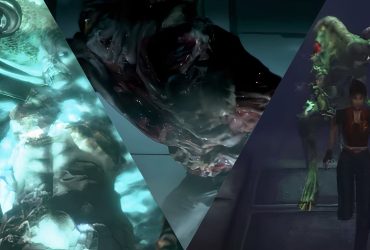




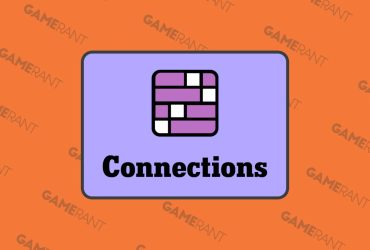
Leave a Reply